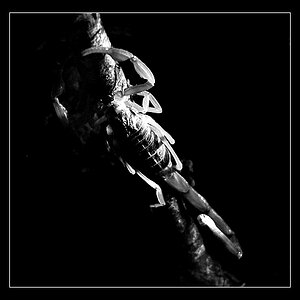mcdaniel52761
TPF Noob!
- Joined
- Jan 14, 2008
- Messages
- 15
- Reaction score
- 0
- Can others edit my Photos
- Photos OK to edit
I'm sure this is a dumb question, but I honestly don't know the answer. Why do they make fixed (or I think they're called prime) lenses? I'm looking at getting a Nikon D80 and am currently looking at lenses and trying to figure out why I (or anyone) would need say a 50mm lens when you can get 50 mm out of a zoom lens that goes from 14-200 for example. I know there is a difference in the "f" numbers between a fixed and a zoom, but not exactly sure if that has anything to do with it or not. Thanks in advance,
Mike
Mike


![[No title]](/data/xfmg/thumbnail/32/32163-b5a5e5cde131a9d14df7f164ab9cb8ab.jpg?1619735234)
![[No title]](/data/xfmg/thumbnail/40/40287-4f839095000f74d779b90ed75df9dc62.jpg?1619739408)


![[No title]](/data/xfmg/thumbnail/36/36393-86ce601930c671b92b6df002b7fcbd0b.jpg?1619737548)

![[No title]](/data/xfmg/thumbnail/36/36395-66eaff4565ecf4245f13a9c469a9273b.jpg?1619737548)

![[No title]](/data/xfmg/thumbnail/32/32162-dd2cfb373402c59de9c6f13cee73b0fb.jpg?1619735234)
![[No title]](/data/xfmg/thumbnail/32/32161-a5da499a329f1fae945778aac75d4442.jpg?1619735234)
![[No title]](/data/xfmg/thumbnail/38/38263-ad5e4c9e677626ddb5b1e7cdf9ebe40e.jpg?1619738548)
![[No title]](/data/xfmg/thumbnail/40/40286-86401b94de8b01bea8bb4ea154aaea0a.jpg?1619739408)